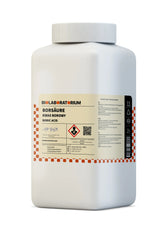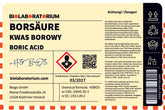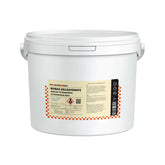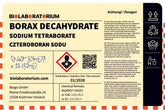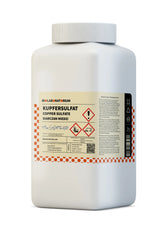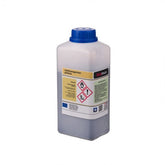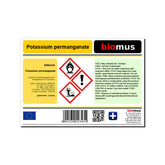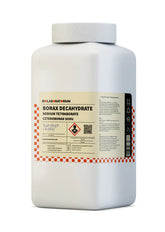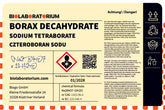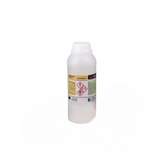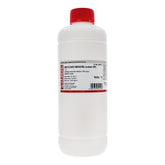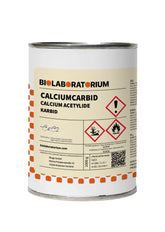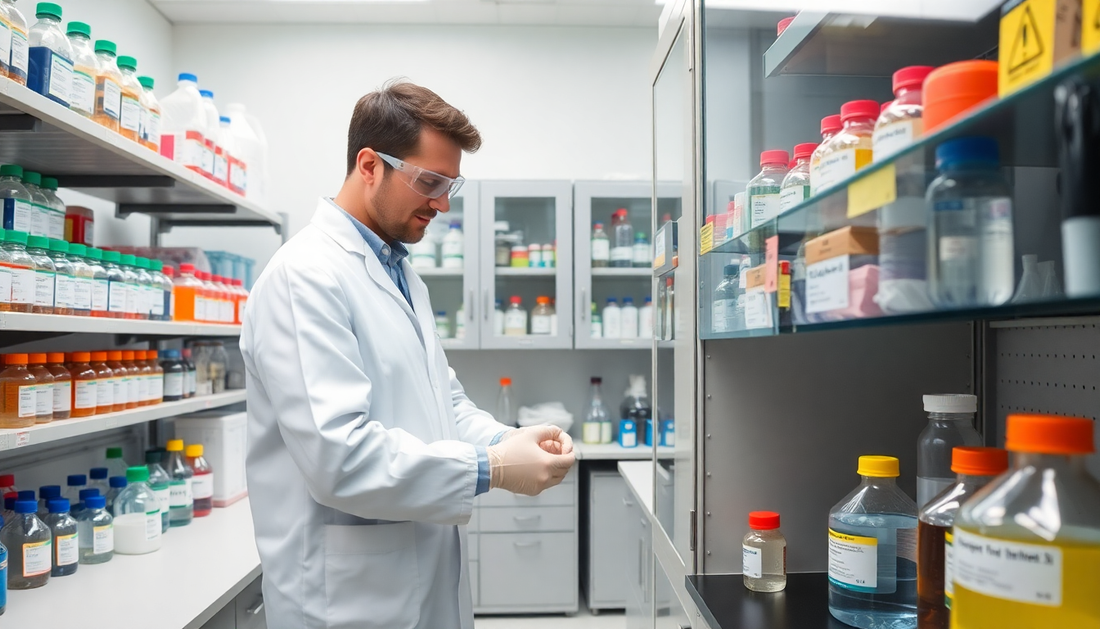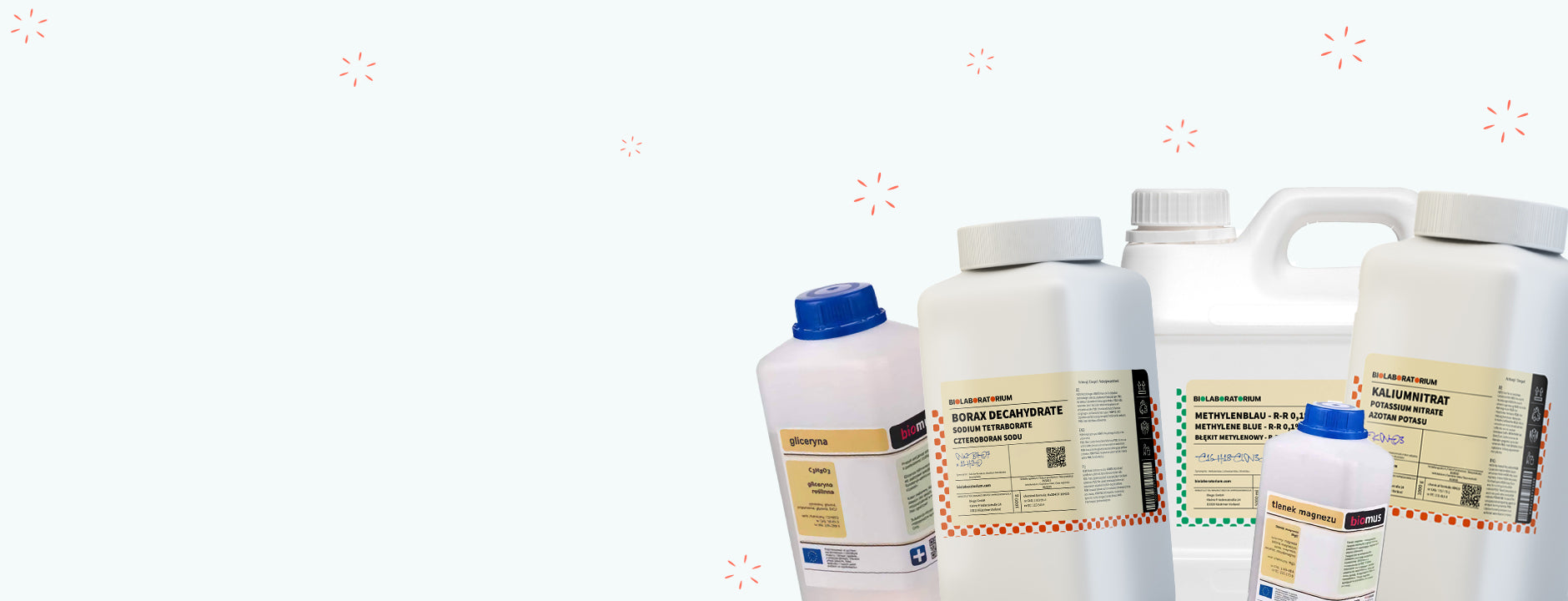Safe storage and use of chemical reagents – a guide to health and safety
As the operator of the online shop ChemMarkt.de, we place great importance on the safe handling and storage of chemical products. In this blog post, we would like to give you an overview of the most important aspects of safety when dealing with chemicals – whether in the laboratory, workshop, or household.
Basics of safe storage
The correct storage of chemical reagents is the key to a safe working environment. It is important to observe some important rules:
Separate storage according to hazard classes
Chemicals should always be stored separately according to their hazard classes. For example, flammable substances, acids, and bases belong in separate areas. This separation prevents unwanted reactions between incompatible substances.
Sufficient ventilation
The storage room must always be well ventilated to prevent the accumulation of toxic or flammable vapors. Ideal are rooms with forced ventilation that ensure continuous air exchange.
Secure containers
Chemicals should only be stored in suitable, sealed containers. Glass bottles or plastic canisters generally offer the best protection here. Damaged or leaking containers must be replaced immediately.
Labeling and order
Each container must be clearly labeled so that contents and hazards are recognizable at a glance. Furthermore, it is advisable to store chemicals in an organized manner and to conduct regular inventory checks.
Separate storage of food
Chemical products must never be stored together with food, feed, or medicines. This could lead to mix-ups and serious health damage.
Protection against environmental influences
The storage room should be protected from direct sunlight, moisture, and extreme temperatures. Otherwise, the properties of the chemicals may change adversely.
Safe handling in the laboratory
In addition to proper storage, the correct handling of chemical reagents is also crucial – especially in the laboratory. Here are some important rules:
Personal protective equipment (PPE)
When handling chemicals, wearing appropriate protective equipment such as lab coats, safety goggles, and gloves is mandatory. This reliably prevents contamination and injuries.
Exhausts and ventilation
All work with toxic, corrosive, or easily volatile substances must be carried out under a fume hood with forced ventilation. This ensures that vapors and aerosols are safely extracted.
Observe safety instructions
Every chemical is labeled with hazard symbols and safety instructions. These provide important information for proper handling and potential health risks. They must be strictly followed.
Careful pipetting
When pipetting liquids, extreme caution is required to avoid spills and contamination. Never pipette by mouth!
Clean working
Chemical workstations must always be kept tidy and clean. Spilled chemicals must be wiped up immediately to avoid slip hazards and contamination.
Disposal of chemicals
Chemical waste must under no circumstances be disposed of via wastewater or household garbage. Instead, it must be treated as hazardous waste in accordance with applicable regulations.
Safe use in the household
Many chemical products are also used in the household – from cleaning agents to garden care products. Here too, some safety rules must be observed:
Storage out of reach of children
Chemical products must always be stored in a safe place where children do not have access. Ideal are lockable cabinets or shelves on upper floors.
Labeling and original packaging
Chemicals should never be transferred to other containers. They must be stored in the original packaging with all labels.
Sufficient ventilation
When using chemical products in the household, good ventilation must be ensured. Windows and doors should be opened to allow air exchange.
Personal protective equipment
It is also advisable to wear protective gloves and safety goggles when handling chemicals at home. This helps to prevent burns and irritations.
Disposal
Chemical household products must not be disposed of via wastewater or regular household waste. Instead, they should be treated as hazardous waste and handed over at an appropriate collection point.
Conclusion
Safe handling of chemicals is an important topic – both in the laboratory and at home. By observing basic safety rules, health risks and environmental damage can be reliably avoided. We hope to have provided you with a helpful overview with this guide. We are happy to assist you with any further questions.
Your ChemMarkt.de team

